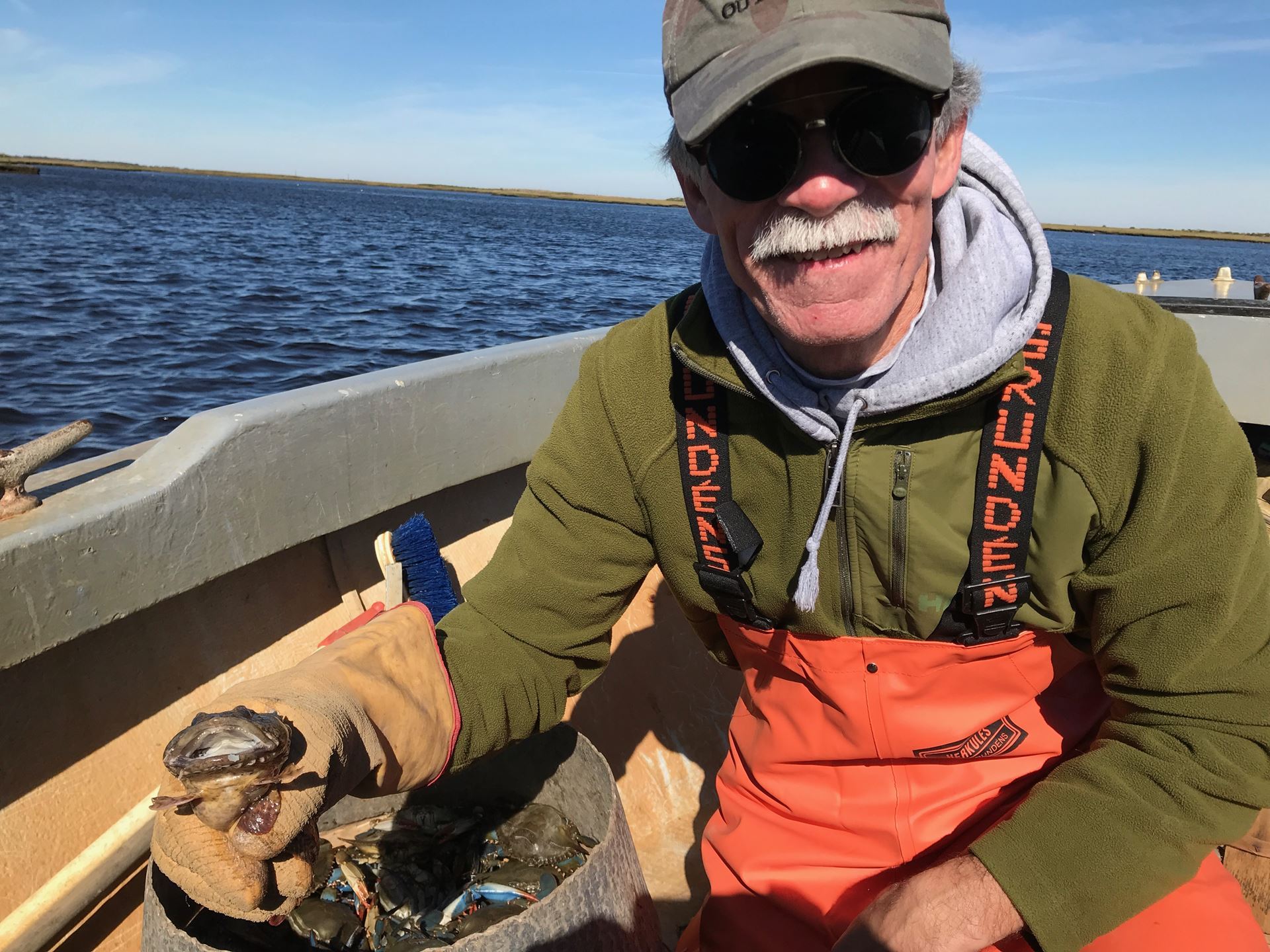by Michael J. Chiarappa
 Growing up, I was fascinated by the vernacular architecture and landscapes of my native Southern New Jersey and those in the greater Philadelphia area. Little did I know at the time, but I shared this curiosity with many others. When I realized that I could actually study the buildings and places that were meaningful in everyday life, I went to the University of Pennsylvania to pursue this interest, and took the American vernacular architecture course being taught by Robert St. George who filled in while Henry Glassie was on leave. Bob introduced the class to the Vernacular Architecture Forum, and, in 1986, I attended my first conference in the Hudson River Valley. As many recall, it was memorable not just for the Dutch building traditions of the region, but for the haute cuisine served throughout the meeting! For someone who had thirsted for a community of like-minded people on the topic, it was an awakening. I was struck by the collegial, welcoming, and encouraging climate of the group—all bound up in an intellectual creativity necessary when exploring the compelling mix of buildings, places, and the people who animated them. Ever since that time the VAF community, and the scholarship emerging from it, has reinforced this sentiment and sustained me in my work. VAF has afforded me the opportunity to see cultural landscapes throughout North America that I would never dreamt of seeing, leaving such settings with a sense of their ethnographic richness. I remember the Fresno meeting where a visiting British scholar asked me what this VAF business was all about, and I simply said, apparently with some affect, that we were a group motivated by the important stories that buildings and places have to offer—he responded, “how fascinating!”
Growing up, I was fascinated by the vernacular architecture and landscapes of my native Southern New Jersey and those in the greater Philadelphia area. Little did I know at the time, but I shared this curiosity with many others. When I realized that I could actually study the buildings and places that were meaningful in everyday life, I went to the University of Pennsylvania to pursue this interest, and took the American vernacular architecture course being taught by Robert St. George who filled in while Henry Glassie was on leave. Bob introduced the class to the Vernacular Architecture Forum, and, in 1986, I attended my first conference in the Hudson River Valley. As many recall, it was memorable not just for the Dutch building traditions of the region, but for the haute cuisine served throughout the meeting! For someone who had thirsted for a community of like-minded people on the topic, it was an awakening. I was struck by the collegial, welcoming, and encouraging climate of the group—all bound up in an intellectual creativity necessary when exploring the compelling mix of buildings, places, and the people who animated them. Ever since that time the VAF community, and the scholarship emerging from it, has reinforced this sentiment and sustained me in my work. VAF has afforded me the opportunity to see cultural landscapes throughout North America that I would never dreamt of seeing, leaving such settings with a sense of their ethnographic richness. I remember the Fresno meeting where a visiting British scholar asked me what this VAF business was all about, and I simply said, apparently with some affect, that we were a group motivated by the important stories that buildings and places have to offer—he responded, “how fascinating!”
As many in VAF know, I am particularly drawn to studying the vernacular architecture of maritime communities, particularly the assemblage of buildings used to foster the interface of land and water environments, but even more so, the use of marine resources. The interdisciplinary work of VAF has been invaluable in helping me forge methods and interpretive avenues in this enterprise, and has shaped collaborative work with my colleagues in the field of American environmental history. I have also been an active public historian throughout my career, and VAF has informed this practice more profoundly than any other contributing area. I am proud to say that VAF was pioneering civic engagement and the broader applications of our scholarship well before such trends became fashionable. I often reflect on how VAF benefits, in immeasurable ways, from the work of our colleagues in historic preservation, museums, and cultural resource management—infusing our group with an ethos of being socially relevant and accountable. This mix of colleagues has been instrumental in helping me frame new approaches to conducting field schools throughout my career, and has invigorated my teaching at four different academic institutions.
I have been grateful for the fullness VAF has offered me, not just professionally, but humanly as well, and I feel this is what contributes to the fruitful spirit of the group. I was warmly welcomed into the organization by such founding members as Catherine Bishir, Tom Carter, Tom Hubka, Sally McMurry, and Carl Lounsbury, to name but a few. Their example inspired me to do the same for each successive wave of younger scholars entering our ranks. I have served two terms on the VAF Board of Directors, served on the editorial board of Buildings and Landscapes, and, in 2014, had the privilege of serving on the organizing committee of the annual meeting featuring the vernacular architecture of Southern New Jersey. I am now delighted to be serving with Lydia Mattice Brandt as co-editor of Buildings and Landscapes, enjoying a front row seat amidst exciting new work that continues to emerge from our field.